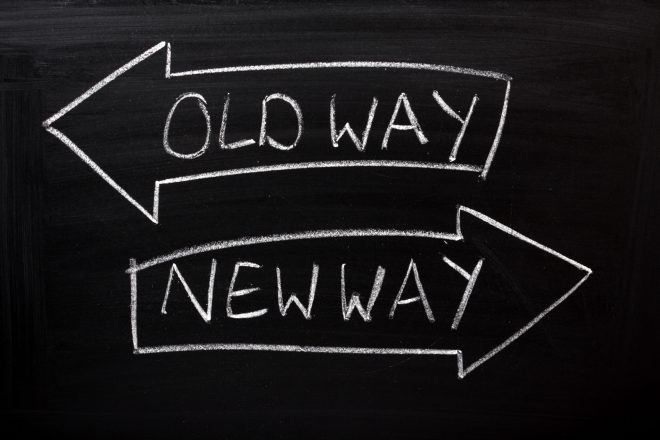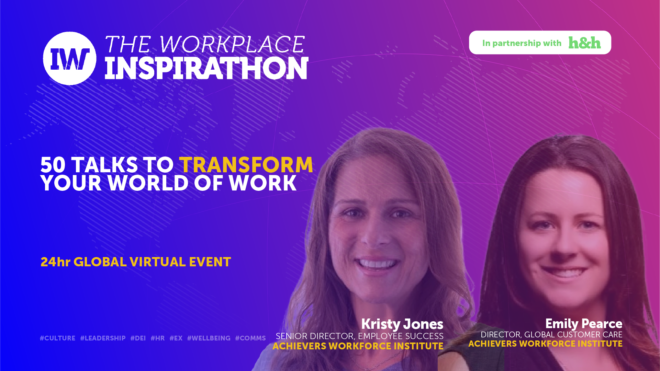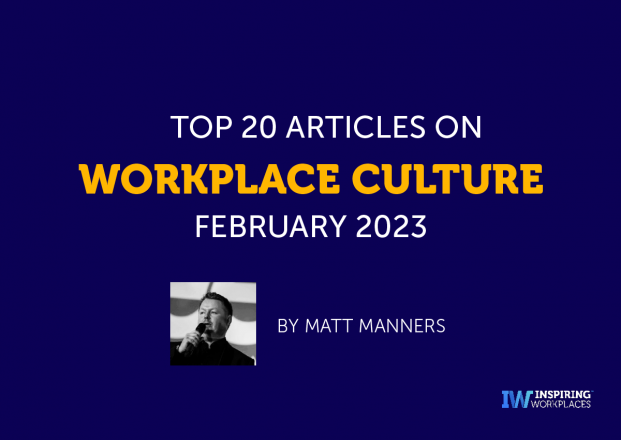To continue reading this article in full click here: From burnout to breakthrough: Creating cultures that thrive

07th February 2025
Overcoming Burnout: Building a Workplace Culture That Fuels Engagement

Burnout and disengagement are crippling workplaces, with employees feeling overworked and undervalued. A thriving culture requires intentional change, prioritizing transparency, communication, recognition, wellness, and flexibility. By fostering a purpose-driven environment where employees feel valued and supported, organizations can enhance engagement, reduce turnover, and build resilient, high-performing teams.
This article was written by Chris Dyer and published in Fast Company.
If workplace wellness and engagement were contestants in a popularity contest, they’d be fighting for last place. In 2024, employee engagement barely crawled out of its slump, inching up from 30% to a slightly less dismal 33%. Wellness, ever the overachiever, held steady at 34%. Coincidence? Hardly.
These parallel trends are more than a coincidence. The well-being of employees and the overall health of workplace culture are deeply intertwined. Ignoring one inevitably affects the other, leaving organizations stuck in a cycle of low morale and diminished productivity.
The good news? A thriving workplace isn’t out of reach. But achieving it requires intentional change and a meaningful culture shift.
Burnout Epidemic: A Culture In Crisis
Burnout is not just an individual experience—it’s a collective alarm bell signaling deeper issues within your organizational culture. Employees are checking out and burning out at alarming rates, and it’s not a reflection of their personal shortcomings. It’s a sign that the culture itself is unsustainable.
Burnout is a state of physical or mental exhaustion caused by prolonged workplace stress or excessive work hours. The World Health Organization (WHO) does not consider burnout a medical condition, but it can impact employee health and wellness. Excessive burnout leads to higher absenteeism and turnover, both of which drain resources and morale.
This isn’t just bad for employees—it’s bad for business. Burned-out employees report 1.8 times lower job satisfaction and are 3.4 times more likely to actively seek new employment.
The impact is even more pronounced among younger workers. Nearly half of millennials (43%) and Gen Z employees (44%) report leaving a job due to burnout. But only a fifth of these workers feel their employers aren’t taking burnout seriously or making any changes to help prevent it.
People-Driven Cultures Thrive
When your organizational culture aligns with your goals, it can create sustainable growth. But when it doesn’t, it can become the very thing that holds you back.
At the heart of every thriving organization is a culture rooted in purpose—one that prioritizes people and aligns seamlessly with business strategy.
Purpose-driven cultures don’t emerge from lofty mission statements or vague aspirations. They are built on the foundation of a people-driven approach. Organizations that prioritize their employees by investing in their well-being, valuing their contributions, and fostering an environment of trust and collaboration are the ones that ultimately achieve top performance.
The Blueprint: From Burnout to Breakthrough
Shifting from burnout to breakthrough requires more than surface-level changes—it demands a reimagining of workplace culture. But the effort pays off. It not only reduces the risk of burnout, it creates the foundation for high-performing, resilient teams.
Here’s how to make it happen:
Foster Transparency And Openness
Employees want more than a paycheck—they want purpose. According to Korn Ferry, a purpose-driven strategy that clarifies roles and involves employees in an inclusive process leads to stronger engagement.
Leaders who prioritize transparency and openly communicate goals, challenges, and opportunities create an environment where employees feel empowered and valued.
Prioritize Communication And Feedback
People want to feel more than useful—they want to feel valued. According to Culture Amp, responsive organizations that foster continuous feedback from managers and peers perform better, no matter the circumstances…






